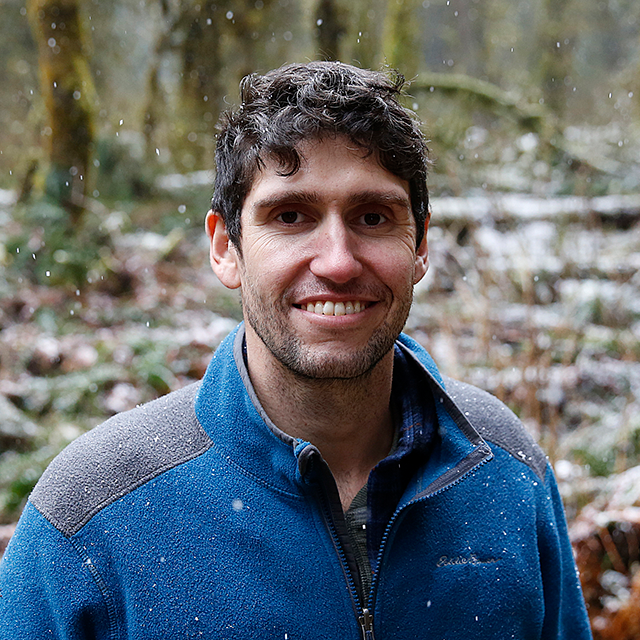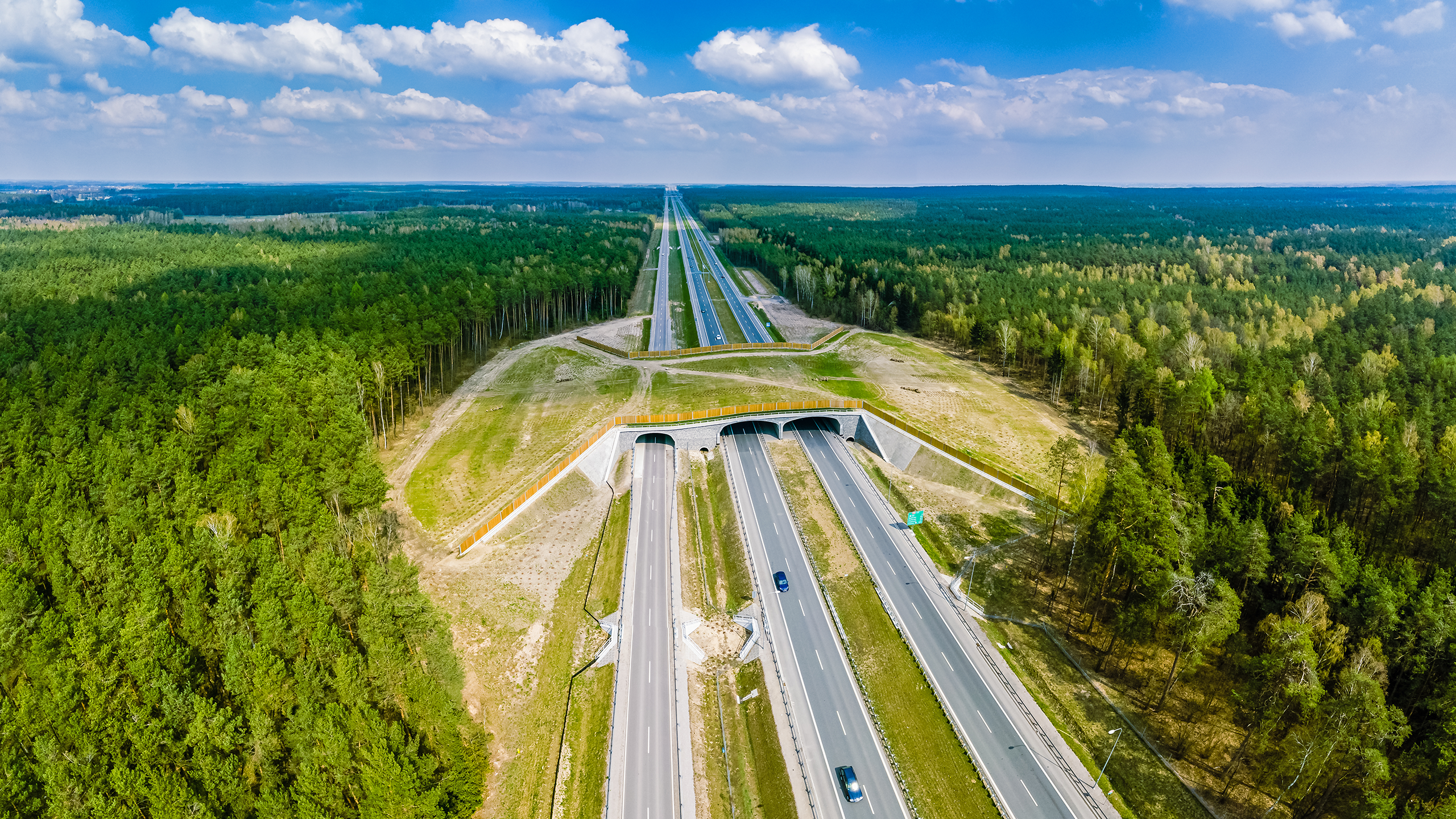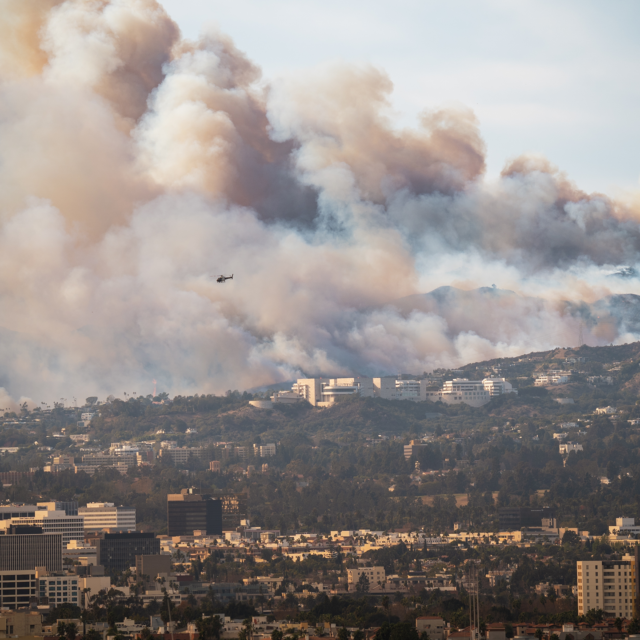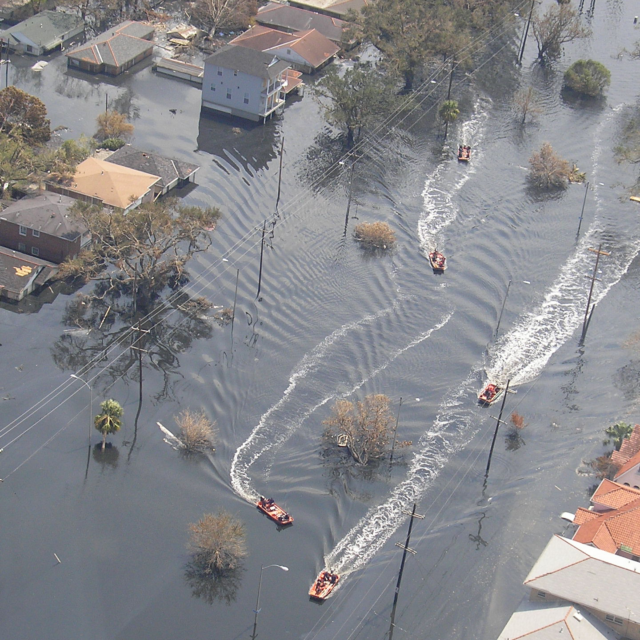Listen and subscribe to us on your favorite podcast platform:
What road ecology is trying to do is say, hey, let’s look at these linear infrastructural features like interstate highways and really think hard about how they’re transforming our landscape… And I think that’s the kind of brilliant thing about road ecology is that it takes these invisible features and make them visible, just as Ten Across is doing.
—Ben Goldfarb, author of Crossings: How Road Ecology Is Shaping the Future of Our Planet
Ten Across makes the future visible through examinations of communities in the southernmost U.S., which are often on the front lines of climate change. This applies especially to the engineering, design and politics surrounding intersections of our built and natural environments—where the development of more resilient and equitable infrastructure has proven to be an important theme.
Ten Across Conversations with Dr. Robert Bullard and Megan Kimble have offered a thorough look at the impacts of interstate highways on human health. However, we’ve rarely had the opportunity to explore another trade-off often demanded by these structures—one with tremendous implications for the future.
According to environmental journalist Ben Goldfarb, no human activity kills more animals than driving does. Collisions with vehicles have been responsible for a loss of 60% of the world’s animal population since 1970, Ben reports. Further, human infrastructure has massively disrupted wild animals’ habitats, health, and abilities to migrate for food and reproduction. Salmon and other migratory fish populations, for one newsworthy example, have rapidly declined due to the effects of mega-dams, culverts, chemicals from car tires, and rising heat from carbon emissions.
Biodiversity is essential to the systems that support life on Earth, and its decline contributes to worsening cycles that threaten ecological, climate and agricultural systems—as well as human health and wellbeing. But there is cause for hope: research provided by road ecologists—including many working along the I-10 transect—is beginning to inform selective redesigns of roadway infrastructure in ways that will protect wildlife.
Listen in as Ten Across founder Duke Reiter and author Ben Goldfarb discuss this extraordinary field—its mission, observations of human and animal behavior, and ideals for the future. Together they discover a vision of design that is inclusive of the natural world and may help us both to reach our climate targets and maintain the beauty of the native environment.
Guest Speaker

Ben Goldfarb is an independent conservation journalist and the author of Crossings: How Road Ecology Is Shaping the Future of Our Planet. His writing has appeared in The Atlantic, Science, The New York Times, The Washington Post, and National Geographic, among others. He is also the 2019 recipient of the PEN/E.O. Wilson Literary Science Writing Award for his book Eager: The Surprising, Secret Life of Beavers and Why They Matter.






